#LSErecipes
Explore tagged Tumblr posts
Text
Introducing LSE Recipes

We thought it would be fun to introduce a little series on what we're eating, or — more specifically — what we're cooking. It will be a mix of local dishes we're learning and staples that we've found are relatively easy to make anywhere (so far, at least). We're calling these (aspiring) LSE (Least Shitty Expat) recipes, and we’ll use them to keep you posted on how we’re nourishing ourselves as our journey continues. Enjoy!
~ A
2 notes
·
View notes
Text
LSE Recipe 2: Papaya Mousse
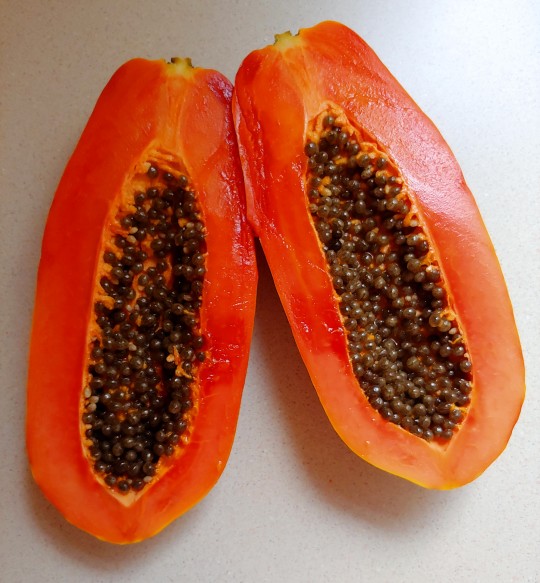
One of my favorite recipes I encountered through travel is one I first tasted in Cuba. The most traditional places to stay there are like bed & breakfasts within a family home. We loved them because we got to know the families a little and because we woke up every day to a delightful breakfast spread including fresh tropical fruits. Papaya is the favorite fruit of the friend I was traveling with, so we were thrilled to be greeted with fresh papaya most mornings.
One morning we were even more pleasantly surprised with this papaya mousse, which our host explained is an excellent way to make use of overripe papaya. Anyone who has ambitiously bought a whole papaya will understand this predicament! I loved it so much that I tried to find a recipe for it as soon as I returned home. What follows is the closest approximation I could reproduce of my memory.

Papaya Mousse Ingredients
A small handful of cashews, soaked in water for a few hours
Half of a ripe or overripe papaya, peeled, seeded, and roughly cubed
One date, pitted and roughly chopped
Salt, to taste
Cinnamon, to taste
Optional for garnish:
Shredded coconut
Pomegranate seeds
Extra (non-soaked) cashews
Chia seeds, sesame seeds...
The instructions are so simple this can hardly even be called a recipe. Just drop all the ingredients in a blender and puree until smooth. I think it tastes best super cold, so it helps if the papaya was refrigerated prior to preparation (which is likely anyway if it’s overripe). Or you can chill it for a couple hours before serving. It's super easy and a refreshing breakfast, snack, or dessert. Enjoy!

~ A
4 notes
·
View notes
Text
LSE Recipe 1: Tomatillo Salsa
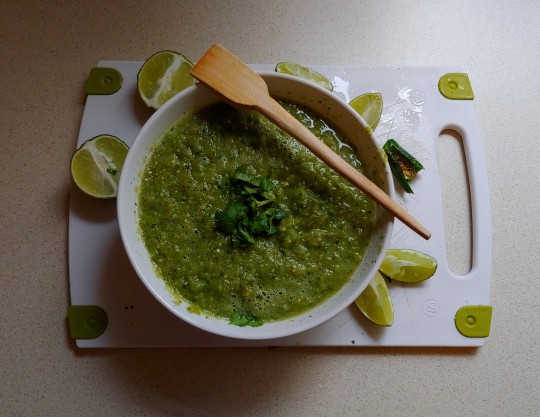
Tomatillo salsa is my favorite because it’s my favorite color, and also because it’s delicious.
Tomatillos have a tart and citrusy flavor profile, which is slightly softened by the pan scalding in the recipe below.
Unfortunately, whenever we’re presented with an array of salsas to accompany a meal in Mexico, the only salsa that is my favorite color is almost always way too spicy for me. So I’ve been learning to make my own.
I keep upping the amount of “pica” (spiciness, literally “bite”) in every batch, with the hopes that gradually I will build up to the point where I can finally eat the pretty light green salsa that makes my mouth (but also my eyes) water at countless restaurants and snack stands all around us.
Until then, I will keep trying to perfect my recipe at home. Here’s what I’ve been working with lately.
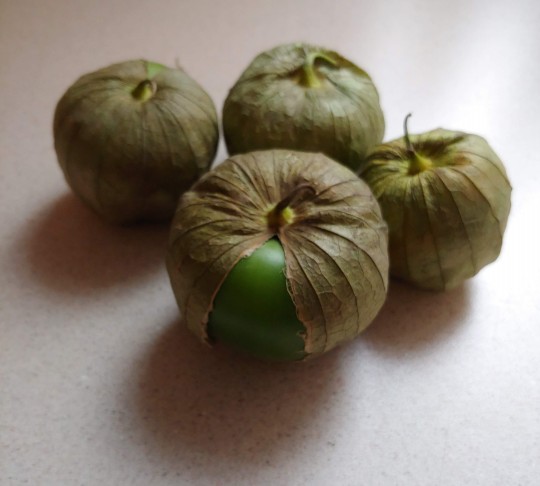
Tomatillo Salsa Ingredients
1 pound tomatillos
¼ to 1 whole serrano (or other hot) pepper (to taste)
1 or 2 large cloves of garlic (optional)
½ to 1 whole white onion, roughly chopped
Juice of 2-3 tiny limes
1 bunch cilantro
Salt and pepper, to taste
Remove husks from tomatillos and carefully rinse. The outside of de-husked tomatillos is a bit sticky, but it’s okay if it doesn’t rinse off completely.
Heat a large skillet with a bit of cooking oil over a medium-high flame. Once pan is hot, add whole tomatillos and serrano pepper (and whole garlic cloves, if using). Be careful, because the hot oil will splatter!
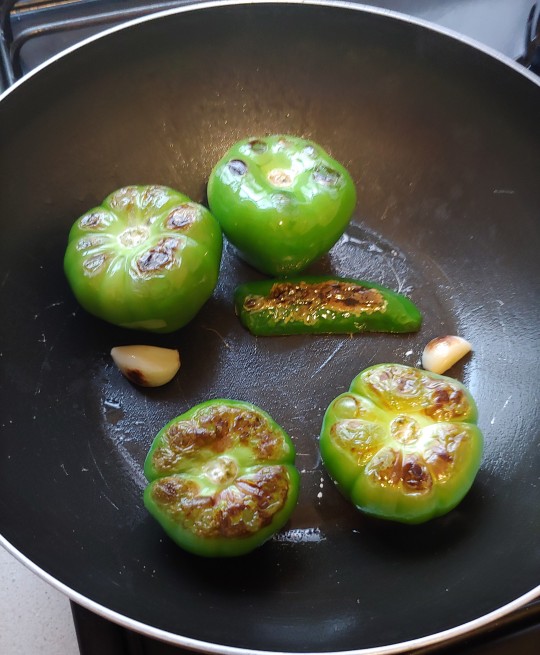
Fry uncovered for a few minutes just until tomatillos are browned on the bottom, then flip everything so the other side also gets browned. Don’t let the tomatillos get too soft or it will dramatically change the flavor of the salsa (too sweet and not nearly as delicious). The tomatillos should still be nearly firm but just browned on the top and bottom when you remove them from the heat.
Add tomatillos, garlic, serrano pepper (to taste) to blender. Add some onion, lime juice, cilantro leaves, salt and pepper. Blend to desired consistency. I usually taste it and add more lime, cilantro, onion, or salt and pepper as needed. And more pica (serrano pepper) if I can take it!
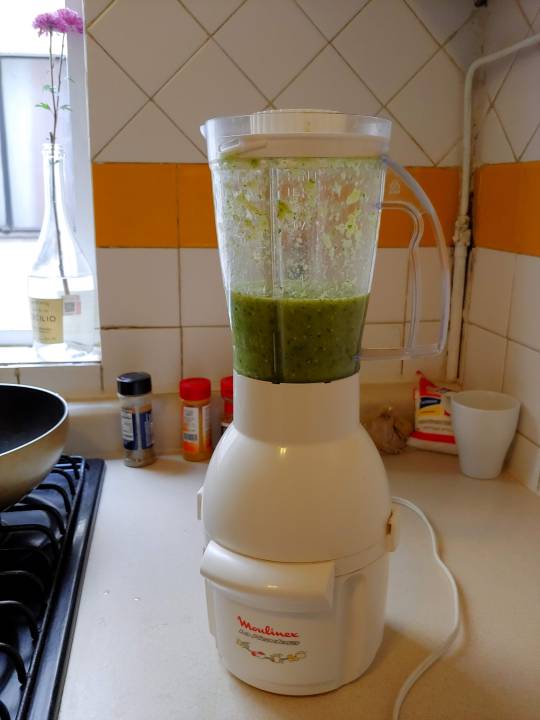
We find this salsa makes a delightful accompaniment to tortilla chips, tacos of all kinds, eggs . . . pretty much anything savory! Enjoy, and let us know if you try it out!
~ A
2 notes
·
View notes